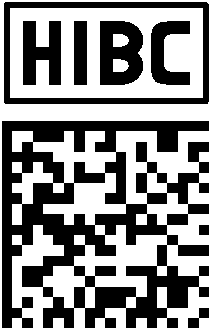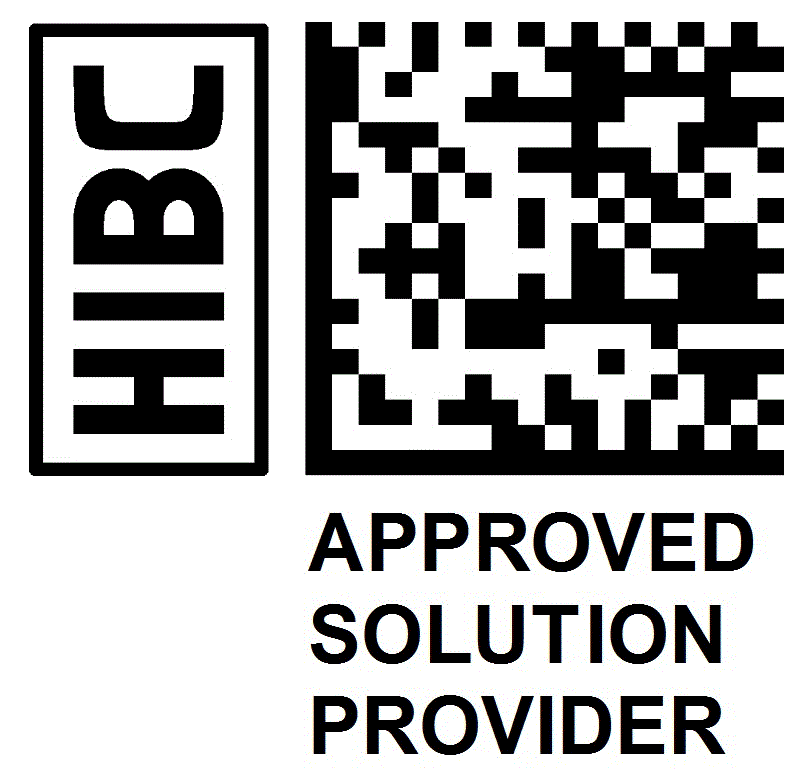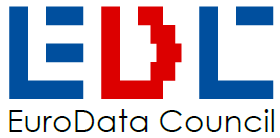Print of encoded data string
What does “Plain Text” mean? Shall the encoded data be printed adjacent to a code, e.g. to Data Matrix, or is it enough to print human readable information text like REF: 123XYZ LOT: 1234 SN: 67890, etc.?
quote: FDA final rules 24-09-2013
Page 58786
Summary, sentences:
... and requires that each UDI be provided in a plain-text version and in a form that uses automatic identification and data capture (AIDC) technology.
§ 801.40 Form of a unique device identifier.
(a) Every unique device identifier (UDI) must meet the technical requirements of § 830.20 of this chapter.
The UDI must be presented in two forms:
(1) Easily readable plain-text, and
(2) Automatic identification and data capture (AIDC) technology.
(b) The UDI must include a deviceidentifier segment.
PLAIN TEXT refers to the UDI but not to other label content. This means that the full UDI data string shall be printed as Human Readable Interpretation (HRI) which represents the encoded UDI data string in a linear or 2-d bar code, e.g. +ELMIMED121/$$1216L1234R
Note: Other text fields printed on the label for Company, REF, LOT, SN and relevant symbols are subject to other regulations as well, as the Expiry Date printed as format YYYY-MM-DD but can be encoded as MMYY in the symbol (see also question 6).
UDI-emblem
Shall a label indicate that an UDI is present by a special symbol telling „here is the UDI code“?
quote: FDA final rules 24-09-2013
58791, Table 1) ...requires only that a label ‘‘disclose’’ the presence of AIDC technology. See § 801.40(c).
55802, U:) FDA has simplified this provision, now at
§ 801.40(c), so that it requires that the label or device package disclose the presence of AIDC technology without specifying how.
The HIBC Emblem fulfills the function of indicating that UDI is present in a code. FDA final rules require that it shall be seen that a UDI is present on a label or device package but FDA does not specify how. Therefore “+UDI” could be add to the HIBC Emblem, example:


Link for download of the emblems: www.hibcc.org
UDI for revisions/versions
Does a revision or model change require a new UDI for the version?
quote: FDA final rules 24-09-2013
58826, § 830.40
(b) A device identifier shall be used to identify only one version or model.
(c) In the event that a version or model of a device is discontinued, its device identifier may not be reassigned to another device.
§ 830.50 Changes that require use of a
new device identifier.
(a) Whenever you make a change to a device that is required to bear a unique device identifier (UDI) on its label, and the change results in a new version or model, you must assign a new device identifier to the new version or model.
(b) Whenever you create a new device package, you must assign a new device identifier to the new device package.
58787 A device identifier that corresponds to the specific version or model of the device
58789 LL. Information Required for Unique Device Identification—Information Concerning Each Version or Model of a Device—§ 830.310(b)
58794 The final rule defines version or model to mean ‘‘all devices that have specifications, performance, size, and composition, within limits set by the labeler.’’
58807 If the labeler makes a change to a device that is required to bear a UDI on its label, and determines that the change results in a new version or model, the labeler must assign a new device identifier to that device and to all associated device packages.
58817 Device package means a package that contains a fixed quantity of a particular version or model of a device.
58818 (1) A device identifier—a mandatory, fixed portion of a UDI that identifies the specific version or model of a device and the labeler of that device
Yes, each model revision requires a new UDI to be registered and labeled.
With HIBC the body of the HIBC Primary Code can stay where the labeler may add an alpha or numeric revision indicator for building the new UDI-DI.
(For differenciation of packaging sizes the HIBC Unit of Measure applies.)
Note: Using the GS1 system a new GTIN generated for each model / version.
UDI for parts
Shall all parts of a reprocessed MD bear a UDI?
quote: FDA final rules 24-09-2013:
§ 801.20 Label to bear a unique device identifier.
(a) In general. (1) The label of every medical device shall bear a unique device identifier (UDI) that meets the requirements of this subpart and part 830 of this chapter.
58816, table 6
Class I devices, and devices that have not been classified into class I, class II, or class III that are required to be labeled with a UDI, must a bear UDI as a permanent marking on the device itself if the device is a device intended to be used more than once and intended to be reprocessed before each use.
58814 03, § 801.45, any device that has to be labeled with a UDI also has to bear a permanent marking providing the UDI on the device itself if the device is intended for more than one use and intended to be reprocessed before each use.
The text just refers to “devices” but does not mention parts building the device.
LOT and Serialnumber in a HIBC
How can LOT & Serial numbers and manufacturer date be encoded with HIBC as a possible option of a UDI-PI and what is the date format?
quote: FDA final rules 24-09-2013:
58787
A *production identifier that more precisely identifies the specific device by providing variable information, such as the lot or batch, the serial number, expiration date, the date of manufacture,…
*Note: production identifier = UDI-PI
The option will be included with the Revision ANSI HIBC2.4 expected for 2014-Q1. It will include options for LOT&SN+*Manufacture Date. *The format as printed text is YYYY-MM-DD, e.g. 2014–01–02, but the HIBC encoded format is DIYYYYMMDD, e.g. 16D20130202
Printed Date format YYYY-MM-TT versus encoded format MMJJ
What is the correct date format for the eye readable part of the label (behind the date emblem) and can the encoded date format differ?
quote: FDA final rules 24-09-2013:
D. Formatting of Dates Provided on Medical Device Labels—§ 801.18 Format for the text: YYYY–MM–DD to harmonize with the ISO 8601 ... must be presented as year-month-
day (for example, 2013–09–30). Format for AIDC: …comments suggested that the date format should not apply to data communicated by AIDC technologies (e.g., bar codes and radiofrequency identification (RFID). FDA agrees that we should not attempt to regulate how data is communicated by AIDC technologies, or the order in which specific information is communicated by AIDC.
The final rules differentiate between a date format printed in human readable text and the format of the associated encoded date. Where the printed format “must be” YYYY-MM-DD the same date can be determined by the code structure and encoded in bar code differently.
If the encoded format is MMYY then the printed date is completed by the last day of that month, e.g. 0913 will be printed as text 2013-09-30.
Note: HIBC supports the format YYMMDD among the others.




